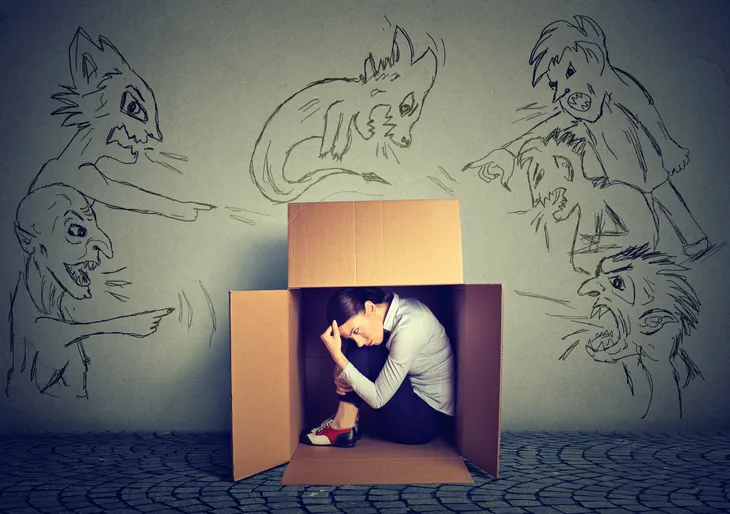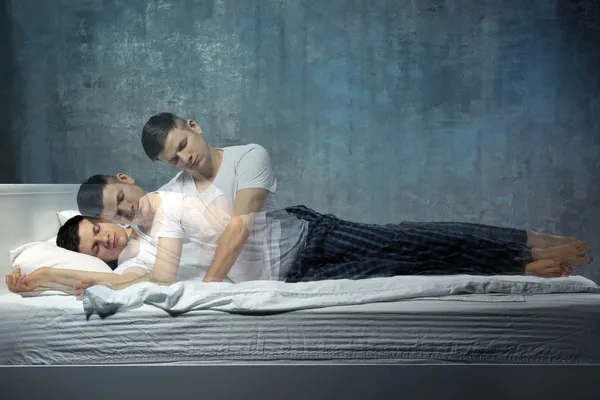A neurological disorder that affects the brain’s ability to control sleep and wakefulness cycles, narcolepsy affects approximately 1 in 2,000 people. Symptoms may begin occurring during childhood or adolescence, but many people experience them for years before being properly diagnosed (and some never are).
Narcolepsy is most often characterized by a person unintentionally falling asleep while engaging in normal activities throughout the day, but that’s only one indicator of the disorder. While the following are the five most common signs of narcolepsy, only a small proportion of people have all of them, so it’s important to see a doctor if experiencing even one of these symptoms.
1. Excessive Daytime Sleepiness
Excessive daytime sleepiness (EDS) is a symptom that affects all people with narcolepsy, and is the most common identifier of the disorder. Although the degree to which EDS is experienced varies from person to person, according to the Alaska Sleep Clinic it is characterized by “a chronic persistence of feeling sleepy and involuntary episodes of falling asleep without warning.”
These involuntary sleep episodes often last for less than 30 minutes, and typically occur while a person is not in an active state, such as when watching TV, sitting in a class or meeting, or while riding in a car. In some cases, however, they may happen while eating, engaging in conversation or, most dangerously, while driving.
2. Cataplexy
Affecting approximately half of those with narcolepsy is a symptom called cataplexy, which WebMD defines as “a sudden loss of muscle tone that leads to feelings of weakness and a loss of voluntary muscle control.”
Cataplexy is usually triggered by strong emotions—such as laughter, surprise, anger or fear—and can cause a person to experience slurred speech, weak knees or in extreme cases complete paralysis and body collapse.
3. Hallucinations
Hallucinations are another common symptom of narcolepsy, and can occur while a person is falling asleep (known as hypnagogic) or while waking up (known as hypnopompic). They are often very vivid in nature and may cause the person to feel frightened.
People with narcolepsy also tend to have intense dreams that can seem so real that, while in them, they may feel like they are able to experience senses such as sight, sound, smell and taste.
4. Sleep Paralysis
While falling asleep or waking up, people with narcolepsy commonly experience a temporary inability to move or speak, known as sleep paralysis. These episodes may be brief—lasting only a few seconds or minutes—but the experience can be frightening, as the individual is aware of what is occurring but has no control over it.
Sleep paralysis occurs because the body is still in REM sleep, the cycle during which certain muscles are “paralyzed” to prevent people from acting out their dreams.
5. Fragmented Sleep
Most people awaken from sleep on occasion, whether because of a nightmare or a need to visit the washroom. The periods of wakefulness experienced by those with narcolepsy, on the other hand, don’t seem to have a reason.
They often occur several times throughout the night and can last anywhere from 10 to 20 minutes, and may be accompanied by hot flashes, an elevated heart rate or intense alertness. Such fragmented sleep further worsens feelings of excessive daytime sleepiness.








